Usage avoids disposal through dumping or incineration
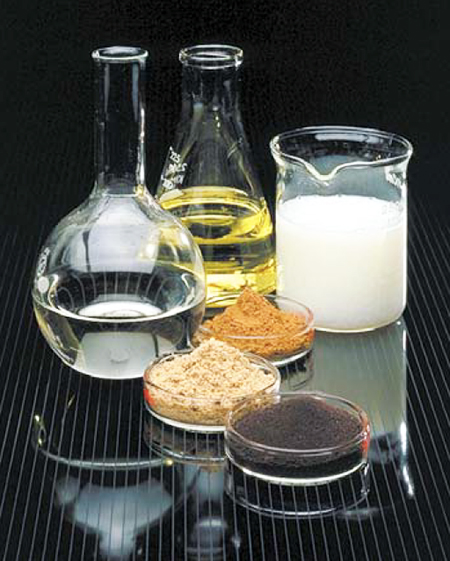
Aquaculture currently consumes about 35 percent of the world fishmeal supply. The International Fishmeal and Oil Manufacturers Association expects aquaculture to consume 56 percent of the fishmeal supply by the year 2010. The mechanism by which aquaculture gains an increasing share of the fishmeal supply is to outbid traditional users such as poultry and swine feed manufacturers. In other words, fishmeal prices are expected to rise as aquaculture continues to grow. This trend is the driving force behind research to reduce dependence on fishmeal.
Rendered animal byproducts
Of all the different sources of animal protein and energy available for use within compound aquafeeds, the largest in terms of quantities available are rendered animal byproducts, including animal protein meals and fats. The former includes meat and bone meal, meat meal, hydrolyzed feather meal, poultry byproduct meal, blood meal, dried meat solubles, bone meal, animal plasma, and miscellaneous animal products (i.e., liver meal, lung meal, hide fleshings, animal digest). Fats include industrial tallows, edible beef tallow, lard, yellow grease and feed-grade fats.
Availability and cost
According to James Rudbeck, director of international affairs for the National Renderers Association, Inc., renderers within the U.S. process over 20 million metric tons (million metric tons) of raw materials each year. In 1999 they produced more than 8 million MT of byproducts valued at almost $3 billion U.S. These figures included 3.31 million MT of inedible tallow and greases, 2.6 million MT of meat and bone meal, 1.12 million MT of other inedible products, 0.38 million MT of feather meal, 0.78 million MT of edible tallow and 0.236 million MT of lard.
Although no precise statistical information exists concerning the global production and availability of the above animal byproduct meals and energy sources, it is estimated that the total global production of rendered animal byproducts is currently between 18 and 25 million MT, or about three times that of total global fishmeal and fish oil production (6 to 7 million MT). Table 1 shows recent reported ingredient trading values ($ per ton) for selected rendered animal byproducts and other key feed ingredients.
Tacon, Reported ingredient trading values for selected rendered animal by-products, Table 1
| Ingredient | Trading Value ($ U.S./Ton) |
|---|---|
| Meat and Bone Meal (Ruminant) | 173-225 |
| Meat and Bone Meal (Porcine) | 205-243 |
| Flash-Dried Blood Meal | 365-395 |
| Poultry By-Product Meal | 210-303 |
| Hydrolyzed Feather Meal | 187-215 |
| Menhaden Fishmeal | 310-410 |
| Anchovy Meal | 435 |
| Soybean Meal (High-Protein) | 169-214 |
| Cottonseed Meal | 132-183 |
| Canola Meal | 106-134 |
| Corn Gluten Meal | 235-265 |
| Prime Tallow | 8-10 (Cents/Pound) |
| Yellow Grease | 6-10.75 (Cents/Pound) |
| Choice White Grease | 10-11.25 (Cents/Pound) |
| Poultry Grease | 8-9 (Cents/Pound) |
Despite their ready market availability and generally lower cost compared to fishmeal, rendered animal byproduct meals have not generally found widespread use within aquafeeds. Byproduct meals generally are being used as lower-cost secondary sources of animal protein rather than as primary high-quality animal protein sources within aquafeeds. This has been largely due to their perceived variable composition (especially within products tested in the 1970s and ’80s) and generally lower quality compared to fishmeal.
Processing and nutritional quality
The poorer nutritional values ascribed to these byproduct meals have generally been related to specific essential amino acid imbalances (particularly for blood and feather meals), high ash content (meat and bone meals), reduced nutrient digestibility (inadequate processing/rendering techniques), variable nutrient content and quality (depending on the origin and composition of raw materials used), and possible microbial contamination (inadequate heat processing and poor storage). However, it is generally accepted that the processing methods currently employed by the modern rendering industry have been greatly improved, with a consequent improvement in the nutritional quality and feed value of animal byproduct meals (Bureau and Cho 1999; Shepherd 1998).
Improving formulations
In addition to improving processing methods within the rendering industry, the increased use of animal byproduct meals within aquafeeds can be facilitated through the use of improved formulation techniques (by blending complementary protein sources to obtain the desired overall dietary nutrient profile), dietary supplementation with limiting free amino acids and minerals, dietary enzyme cocktails that improve nutrient availability and digestibility, and dietary feeding stimulants so as to improve palatability and consequent feed intake.
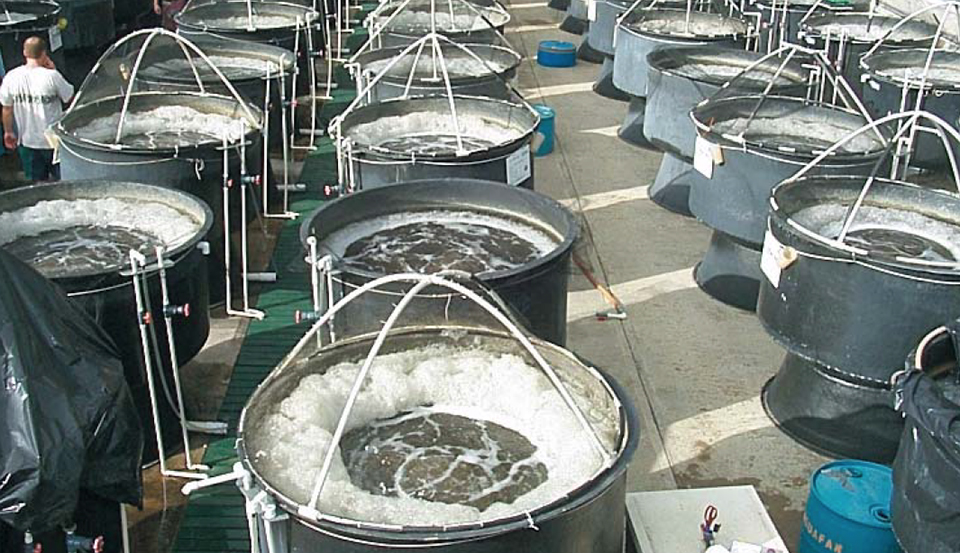
Shrimp feeding trials
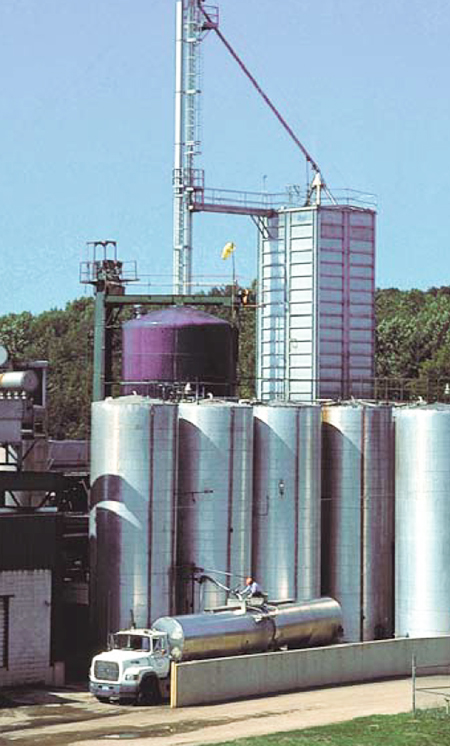
Feeding trials recently completed at OI with juvenile shrimp (Litopenaeus vannamei) reared within experimental outdoor, biosecure zero-exchange culture systems have shown that high-quality fishmeal (72.3 percent crude protein, 10.86 percent lipid) could be totally replaced with either meat and bone meal (55.61 percent crude protein, 10.61 percent lipid) or poultry byproduct meal (69.15 percent crude protein, 15.67 percent lipid) with little or no significant loss in growth performance, food conversion efficiency, or survival (Table 2). These trials were conducted using pelleted rations formulated to contain approximately 35 percent crude protein and 9 percent lipid, with no added dietary vitamins or trace element premix. Clearly, the road is open to make significant cost savings.
Tacon, Results of OI feeding trials with juvenile Litopenaeus vannamei, Table 2
| Parameter | Trial 1 | Trial 2 | Trail 3 |
|---|---|---|---|
| Fishmeal Inclusion Level (%) | 22.0 | – | – |
| Meat and Bone Meal (%) | – | 31.0 | – |
| Poultry By-Product Meal (%) | – | – | 23.0 |
| Initial Body Weight (g, Week 0): | 1.85 | 1.88 | 1.88 |
| Final Body Weight (g, Week 8) | 13.40 | 12.28 | 12.39 |
| Average Weekly Growth (g per Week) | 1.44 | 1.30 | 1.31 |
| Shrimp FCR | 1.68 | 1.76 | 1.78 |
| Survival (%) | 94.3 | 95.0 | 95.0 |
Conclusion
A recent feeding trial at the Oceanic Institute demonstrated that high-quality fishmeal could be completely replaced with either meat and bone meal or poultry byproduct meal with little or no loss in performance. The increased use of adequately processed terrestrial animal byproduct meals within compound aquafeeds is a means of safely recycling animal byproducts from terrestrial, warm-blooded farm animals through a completely different animal food chain, cold-blooded aquatic animals – farmed fish and shrimp.
This has the advantage of converting non-food-grade products with potentially negative environmental effects (i.e., disposal through dumping or incineration) into high-quality, nutritious and safe foods. Moreover, the dietary replacement of fishmeal and other marine resources within aquafeeds will reduce the cost and improve the profitability of aquaculture ventures.
References
Bureau, D.F. and C.Y. Cho. 1999. Nutritive value of rendered animal protein ingredients for fish: outline of recent research – http://www.uoguelph.co/ fishnutrition/. Shepherd, T. 1998. Rendered products in aquaculture feeds. International Aquafeed, 4: 13-16.
(Editor’s Note: This article was originally published in the August 2000 print edition of the Global Aquaculture Advocate.)
Now that you've reached the end of the article ...
… please consider supporting GSA’s mission to advance responsible seafood practices through education, advocacy and third-party assurances. The Advocate aims to document the evolution of responsible seafood practices and share the expansive knowledge of our vast network of contributors.
By becoming a Global Seafood Alliance member, you’re ensuring that all of the pre-competitive work we do through member benefits, resources and events can continue. Individual membership costs just $50 a year.
Not a GSA member? Join us.
Author
-

Albert G.J. Tacon, Ph.D.
Aquatic Feeds and Nutrition
(AQUAFAN) Program
The Oceanic Institute
Makapuu Point
Waimanalo, Hawaii 96795 USA[103,114,111,46,101,116,117,116,105,116,115,110,105,99,105,110,97,101,99,111,64,110,111,99,97,116,97]
Tagged With
Related Posts
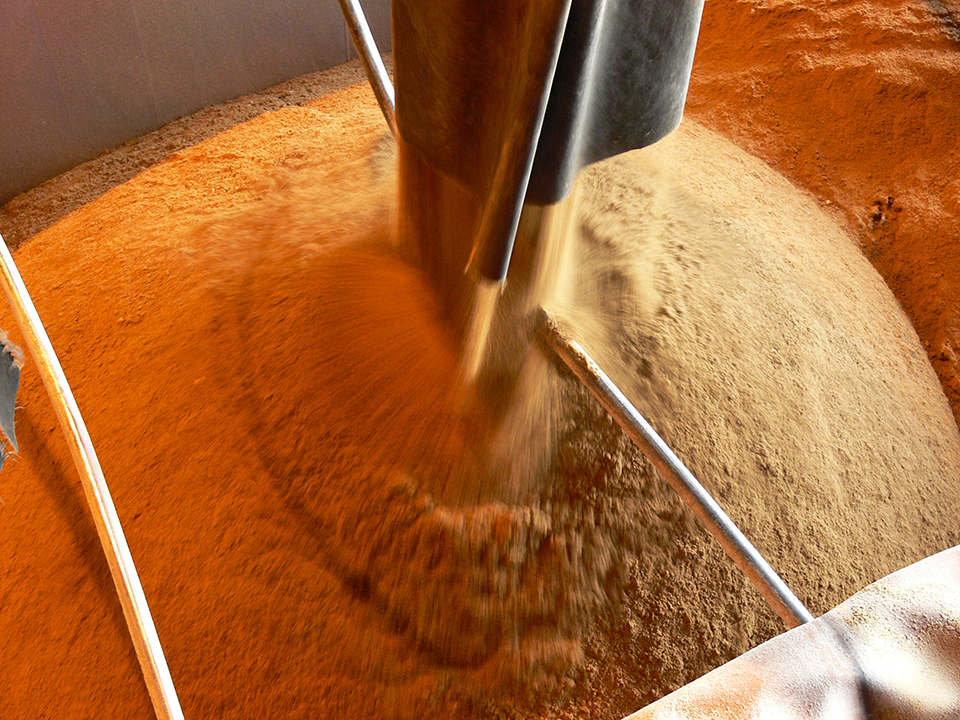
Aquafeeds
Animal byproducts can provide cholesterol for shrimp feed
Animal byproducts like blood meal, meat and bone meal and other rendered products are good sources of cholesterol for use in aquaculture feed.
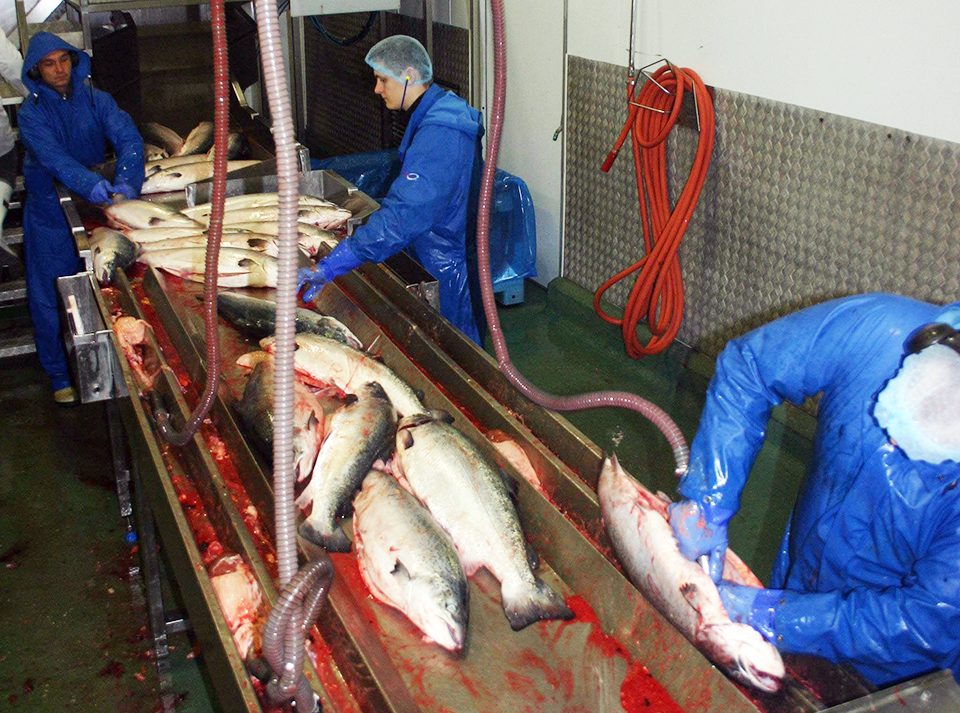
Responsibility
Aquaculture byproducts improve sustainability of seafood value chains
Tons of aquaculture byproducts are available as sources for fishmeal and fish oil to supplement the supplies obtained from fisheries. Innovative technologies are supporting more efficient use of these by-products in aquafeed.

Aquafeeds
Animal byproduct concentrates useful tools in formulation
With the market volatility of fishmeal, as well as rising sustainability concerns, the aquaculture industry is seeking sources of protein, such as animal byproduct concentrates, to substitute for fishmeal.
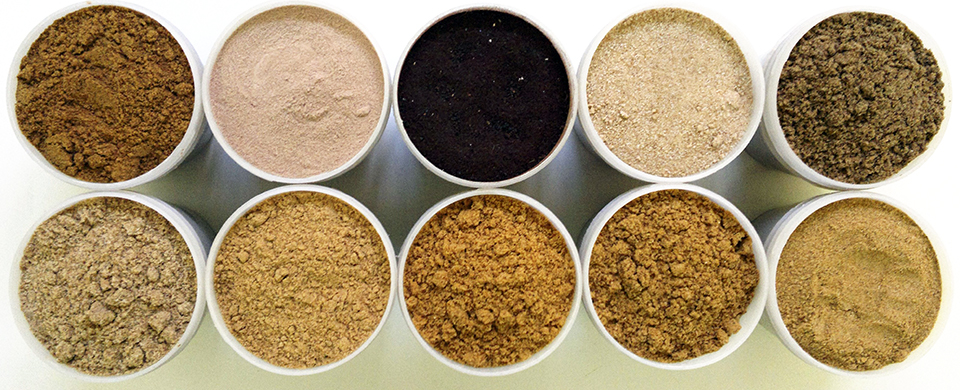
Aquafeeds
Animal protein meals reduce feed costs but don’t improve shrimp performance
The authors conducted a study to determine how replacement of salmon meal with various animal protein meals in feed affected the growth performance of white shrimp.

